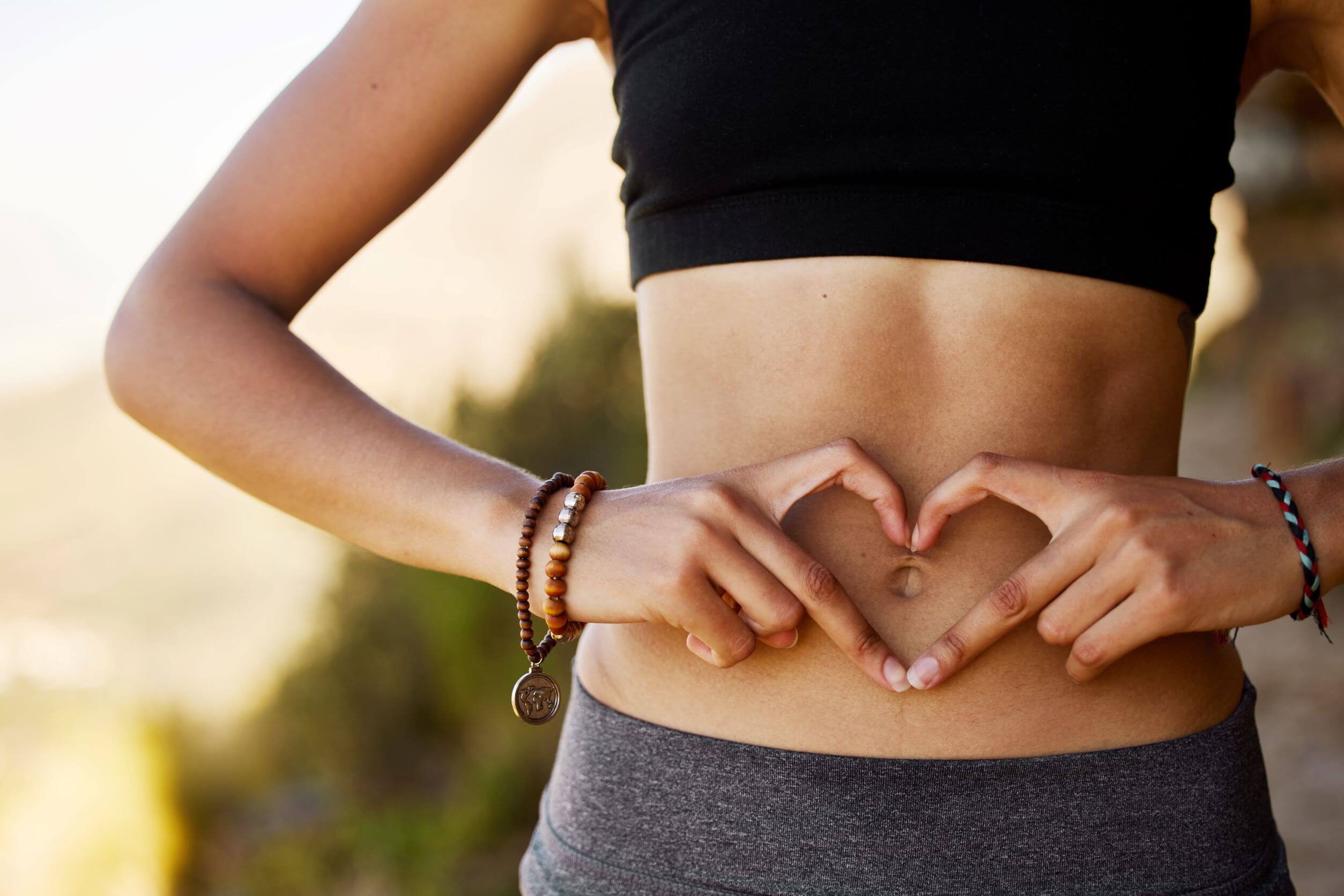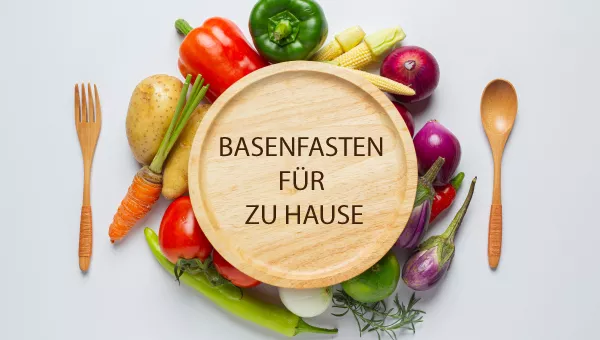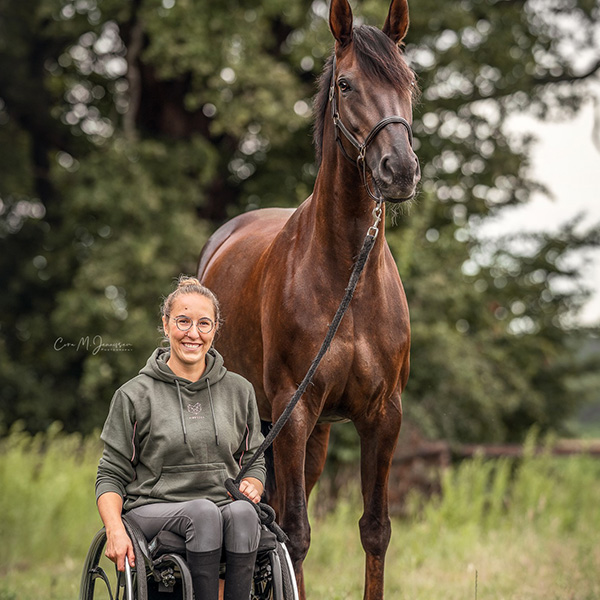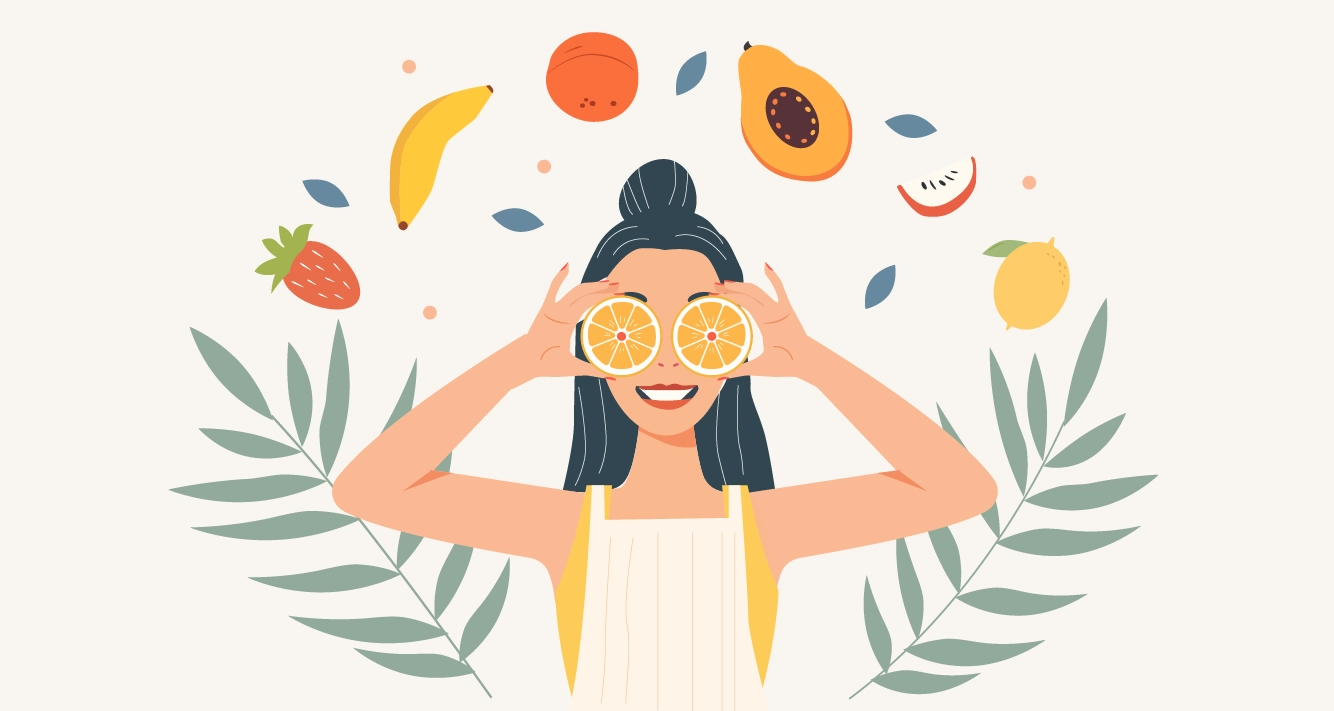22/03/2024
How the different organic labels differ
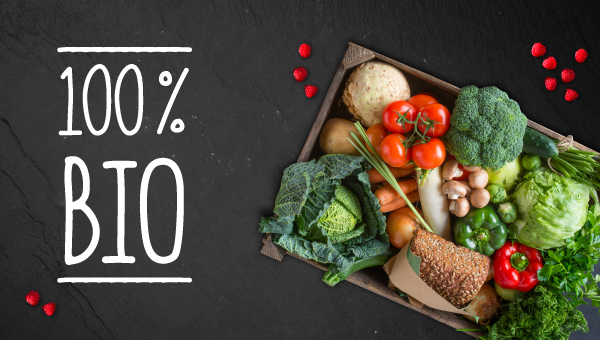
At hypo-A, we have always attached great importance to the highest levels of purity, sustainability and healthy nutrition.
For us, healthy nutrition means: 100% organic - preferably regional and seasonal.
Anyone who has taken a closer look knows that not all organic products are the same. Fortunately, there are organic labels that provide quick orientation. With our products, you can recognise raw materials from controlled organic cultivation by the "organic quality" label in our product descriptions.
Jungle of terms: organic, eco & Co.
The terms organic or eco are protected by law. They may only be used for food that fulfils the requirements of the EC Organic Regulation and bears the EU organic seal. The same applies to the formulations:
- controlled organic / ecological
- organic / organic cultivation
However, claims such as "close to nature", "integrated plant cultivation/agriculture", "unsprayed", "untreated", "alternative farming", "environmentally friendly farming", "controlled cultivation" or "free from additives not subject to declaration" are not protected, which usually only means that the product contains more or less healthy additional chemicals, but does not have to name them for legal reasons.
In the case of eggs, a glance at the first number reveals the type of farming. Organic eggs have the number zero for organic farming and organic feed. This is followed by the country code - in the case of Germany "DE".
20 good reasons for organic
There are many arguments in favour of buying organic products, because organic farming
- contributes to the preservation of species diversity
- protects (ground)water, air and soil (e.g. through more humus)
- promotes the balance between soil, animals and plants
- produces significantly fewer ecological consequential costs that have to be borne by the general public
- does not use genetic engineering
- Does not require artificial fertiliser
- consumes less energy and thus contributes to climate protection
- offers animals natural husbandry orientated towards animal welfare with more space and exercise natural husbandry orientated towards animal welfare with more space and exercise
- Normally avoids many painful procedures on animals such as grinding teeth or docking tails
- Relying increasingly on the circular economy
- creates more jobs, as work is more labour-intensive
- protects agricultural workers from toxic pesticides and herbicides such as glyphosate etc.
- generally has less nitrate in lettuce and vegetables due to organic fertilisation, e.g. with compost
- more secondary plant substances (e.g. for defence against pests) - e.g. antioxidants such as vitamin C - in fruit and vegetables,
- provides more valuable omega-3 fatty acids and conjugated linoleic acid in dairy products, especially through green feed
- Less water in fruit and vegetables
- often more intense flavour in fruit and vegetables
- Saves antibiotics - for example, organic poultry meat is less contaminated with harmful germs and antibiotic resistance
- does not use synthetic pesticides - organic food is therefore significantly less contaminated with pesticide residues
- does not use many harmful additives - more than 6 times as many additives are permitted in conventional food production
Additives
With regard to the additives, you should know: Even if each of them has been tested individually and officially classified as harmless in certain quantities, uncontrolled combinations can definitely exceed critical quantities. Children who eat a lot of sweets and flavored drinks can ingest too many dyes. Even when it comes to phosphates from soft drinks, the amounts classified as non-critical are sometimes exceeded. Some additives are now being discussed as having a negative impact on the intestinal flora, which is so important for our health. In addition, the mix of chemicals that we consume with conventional foods has never been examined for its overall effect. If you want to be on the safe side, you should generally avoid additives as much as possible.
Many problematic additives such as azo dyes, phosphates and most sweeteners are not allowed to be used in organic foods. Only natural flavors and aroma extracts such as essential oils may be used for flavoring.
The EU organic seal allows around 50 additives such as sulfur dioxide, sodium nitrite, potassium nitrate, talc, erythritol and carnauba wax. However, significantly fewer additives are permitted by the more demanding organic associations Naturland, Bioland and.
"Kaum ein Lebensmittel wird so streng überwacht wie ein Bioprodukt"
(Bundeszentrum für Ernährung)
The EU organic label
The EU organic seal can be recognised by the white stars on a green background, which are arranged in the shape of a leaf. When it was introduced in July 2010, it replaced the hexagonal German organic label, which can still be used in parallel.
The EU organic seal is supplemented by the code number for the organic inspection body and the indication of origin (e.g. EU agriculture).
The EU organic label guarantees a minimum set of criteria for organic cultivation. These include:
- No use of ionising radiation for preservation
- No use of genetically modified organisms in production
- No use of synthetic pesticides
- No use of easily soluble artificial mineral fertilisers
- No stabilisers, artificial colourings and phosphates
- Positive list for some other food additives such as emulsifiers
- Ecological animal feed without added antibiotics and performance enhancers
For many, this does not go far enough. Those who want more will find what they are looking for at the growers' associations.
Seals of selected cultivation associations
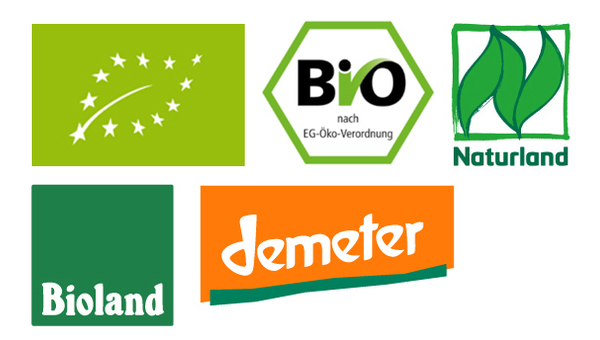
The most important farming organisations go far beyond the EU organic standards in their requirements for cultivation and processing. Naturland, Bioland and Demeter, for example, always require the entire farm to be converted to organic. Stricter requirements apply to animal welfare and animal feed. In addition, far fewer additives are permitted. Even though the guidelines allow a conventional proportion of up to 5%, the three associations are constantly endeavouring to keep the conventional proportion as low as possible. In reality, the organic share is therefore significantly higher for Naturland, Bioland and Demeter. At Naturland (as of May 2020), for example, it is over 99%.
| Conventional | EU organic seal | Naturland | Bioland | Demeter | |
|---|---|---|---|---|---|
| Distribution | Worldwide | international | international | Germany only | international |
| Farm must be completely organically managed | - | - | + | + | + |
| Minimum organic content of the product | 0 % | 95 % | 95 % | 95 % | 95 % |
| No use of synthetic chemical pesticides | - | + | + | + | + |
| At least 1x annual inspection in accordance with the EC Organic Regulation | - | + | + | + | + |
| Total nitrogen input per hectare and year | 170 | 112 | 112 | 112 | |
| No soluble mineral fertilisers | - | + | + | + | + |
| Authorised additives | over 300 | approx. 50 | approx. 20 | approx. 20 | approx. 20 |
| Ban on nitrite curing salt | Sodium nitrite (E 250), sodium nitrate (E 251), potassium nitrate | Sodium nitrite (E 250), potassium nitrate | only permitted in unheated products | + | + |
| Ban on genetic engineering | - | up to 0.9 % adventitious or technically unavoidable GMOs | + | + | + |
| Special features | Mandatory social guidelines; additional Naturland Fair certification; organic aquaculture/wild fish | emphasises regionality; organic aquaculture | Compulsory animal husbandry |
Comparison of animal husbandry and feeding with organic labels
| EU organic seal | Naturland | Bioland | Demeter | |
|---|---|---|---|---|
| Organic feed | 95 % | 100 % for cattle; for poultry/pigs up to 5 % selected conventional protein feed | for poultry up to 5 % selected conventional protein feed | 100 % |
| Ban on preventive administration of antibiotics and growth promoters | + | + | + | + |
| Ban on fishmeal for animal feed | - | Fishmeal from sustainable sources is permitted for young poultry/pig. | + | + |
| Permitted number of hens/ha | 230 | 140 | 140 | 140 |
| Max. Number of broilers/ha | 580 | 280 | 280 | 280 |
| Max. Number of fattening pigs/ha | 14 | 10 | 10 | 10 |
| Laying hens per building | Up to four separate barn units of 3,000 | Up to two separate barn units of 3,000 | 3.000 | |
| Animal transport | within Germany: 8 h, within Europe: 9 h at intervals (i.e. 9 h again after a break) (TierSchTrV) | max. 4 h / 200 km | max. 4 h / approx. 200 km | Guidelines are currently being developed (as of May 2020) |
| Special features for animal welfare | - | Annual animal welfare inspection, detailed guidelines for transport & slaughter | Annual animal welfare inspection | Cows keep their horns |
There are also seals from other associations such as Biopark, Biokreis, Gäa etc., which we will not go into in detail here. As a rule, they have higher requirements than the EU organic label in some respects, but their requirements remain below those of Naturland, Bioland and Demeter overall.
Our conclusion
Buying organic food is good for the environment and your health. But not all organic food is the same. If you value high quality and want to spare your body unnecessary stress, you should look out for the much more demanding organic labels from Demeter, Bioland and Naturland when shopping.
Literature & link tips
- Federal Centre for Nutrition. Organic food. Questions and answers. Brochure, 2018
- Information material from the organic associations Bioland, Demeter, Naturland such as www.naturland.de/de/verbraucher/verarbeitung.html
- www.oekolandbau.de with information on the organic label, additives, etc.
- Burger, Kathrin: Fix, but unhealthy? Grist & Grain, 5/2020







